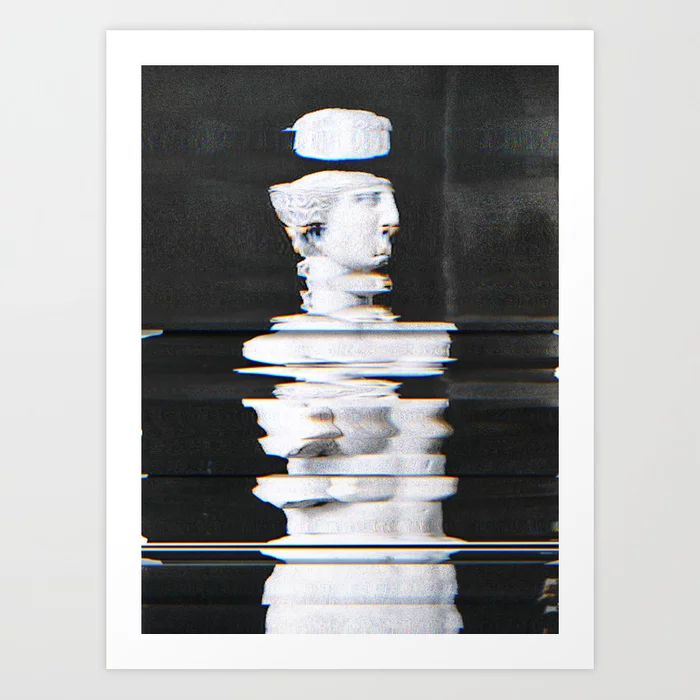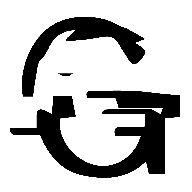Category: Glitch Art Guides
-
The Ultimate Beginner’s Guide to Creating Amazing Glitch Art
Welcome to the fascinating world of glitch art! Whether you’re an experienced artist looking to branch out into a new art form or a complete beginner itching to try something new, this comprehensive beginner’s guide has got you covered. Here, we’ll explore the basics of glitch art, including what it is, its history, and the…
-

Beginner’s Guide to Glitch Art
What is Glitch Art? Glitch art is a type of art that is created by deliberately introducing errors or “glitches” into digital images or videos. Glitch art can be made with software, hardware, or simply by manipulating digital data. Glitch art often explores the relationship between technology and society. It can comment on mass surveillance,…
-
What is Glitch Art?
Glitch art is the practice of using digital or analog errors for aesthetic purposes by either corrupting digital data or physically manipulating electronic devices. Glitches appear in visual art such as the film A Colour Box (1935) by Len Lye, the video sculpture TV Magnet (1965) by Nam June Paik and more contemporary work such as Panasonic TH-42PWD8UK Plasma Screen Burn (2007) by Cory Arcangel.[1] In…
